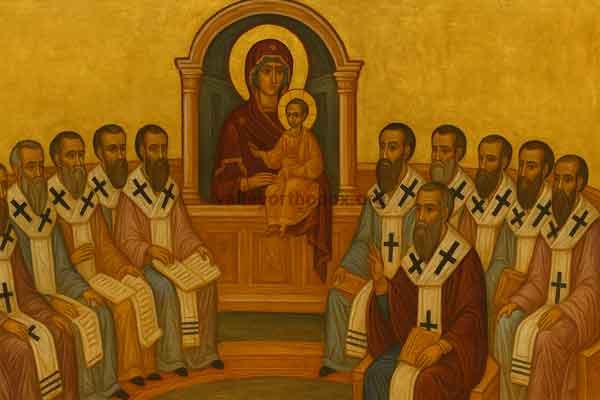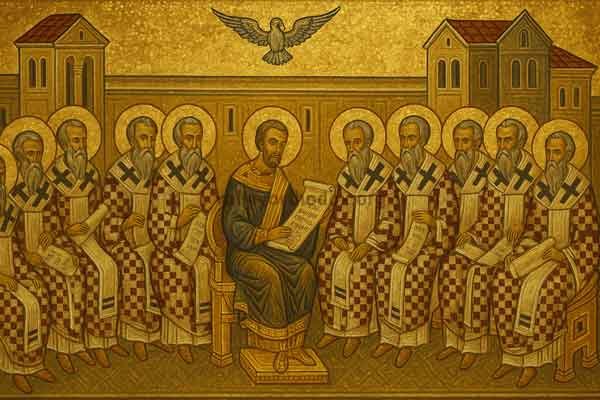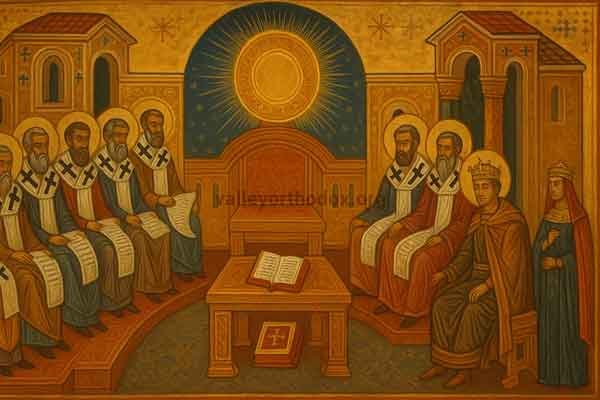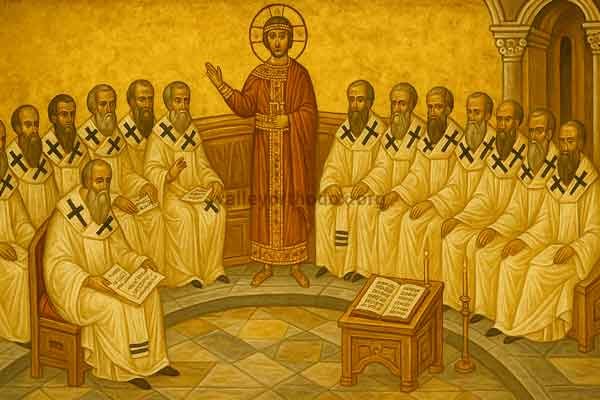Council of Ephesus (431): Theotokos and the Unity of Christ
The Council of Ephesus (431) upheld Theotokos for the Virgin Mary and defended the unity of Christ’s person, countering doctrines associated with Nestorius. Reaffirming the Nicene faith, the bishops received key letters of Cyril of Alexandria, condemned innovations to the creed, and issued canons guiding church order. Its decisions still shape Orthodox worship and doctrine.



